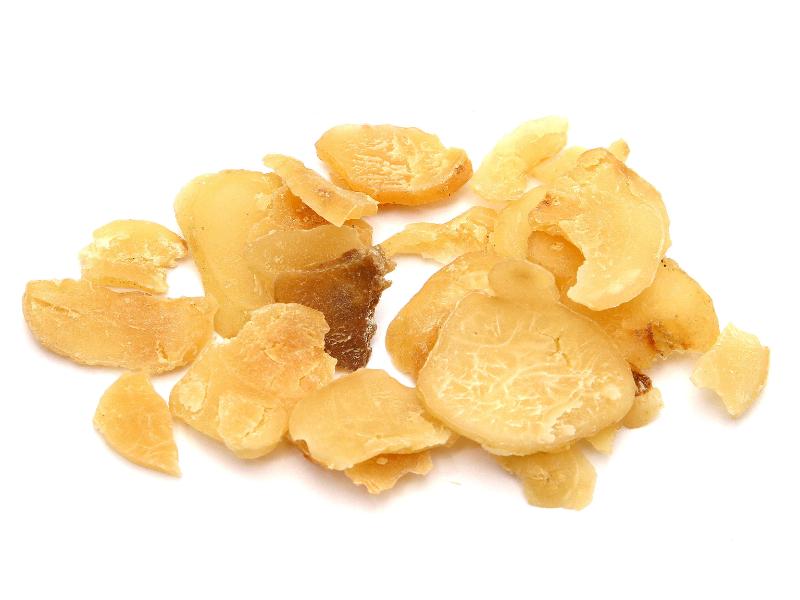Search in medicinals
Arisaematis Rhizoma
Arisaema [root]
天南星 〔天南星〕 tiān nán xīng

Alternate Chinese names: 半夏精 bàn xià jīng; 虎掌南星 hǔ zhǎng nán xīng; 蛇苞谷 shé bāo gǔ; 山苞米 shān bāo mǐ; 虎掌 hǔ zhǎng; 南星 nán xīng
Kingdom: Plant
Origin in PRC Pharmacopoeia: Arisaema amurense Maxim.; Arisaema heterophyllum Bl.; Arisaema erubescens (Wall.) Schott. (PRC Pharmacopoeia)
Origin in unofficial sources: Arisaema consanguineum Schott; Arisaema amurense Maxim.*; Arisaema heterophyllum Bl.*; Arisaema ambiguum Engl.; Arisaema peninsulae Nakai; Arisaema thunbergii Bl.; Arisaema japonicum Bl.; Arisaema verrucosum Schott; Arisaema lobatum Engl. var. rosthornianum Engl.; Arisaema elephas S. Buchet; Arisaema erubescens (Wall.) Schott*
Use: Medicinal
Category: Phlegm-transforming cough-relieving panting-calming agents / Phlegm-transforming agents
Properties: Bitter, acrid; warm; toxic.
Channel entry: Lung, liver, and spleen channels.
Actions and indications:
- Dries dampness and transforms phlegm: Cough and/or dizziness due to damp phlegm and cold phlegm.
- Dispels wind and resolves tetany: Dizziness, wind stroke (stroke), epilepsy, and lockjaw (tetanus) when these are due to wind-phlegm.
- Disperses swelling and relieves pain (external use): Toxin swelling of
welling- and flat-abscesses (yōng jū); venomoussnakebite s. - Modern applications: According to research findings, tiān nán xīng has anticarcinogenic properties.
- In recent years, it has been used to treat cervical cancer.
Dosage and method: Oral: 3–10g in decoctions. For external use, tiān nán xīng is used raw. For internal use, the processed form is used. Processing involves soaking with other medicinals, boiling, slicing, and sun-drying.
Warnings: Contraindicated in pregnancy and in yīn vacuity with
Product description: This is spheroid in shape, 1.5–6.5 cm in diameter. The exterior surface is brownish white, with a depression at the top that is surrounded by indented scars left by the fibrous roots. It is hard, heavy, and the fracture is white. It is commercially available treated with ginger or bovine bile. The type treated with ginger comes in slices that are pale in color, and slightly darker and translucent at the edges.
Quality: Best are evenly sized dry solid farinaceous tubers.
Production area: Sìchuān, Hénán, Guìzhōu, Yúnnán, Guǎngxī.
Etymology: The name tiān nán xīng 天南星, literally heaven's southern star,
may reflect the radial formation of the leaves of the arisaema plant. The original name was hǔ zhàng 虎掌, tiger's paw,
thought to reflect the form of the rhizome.